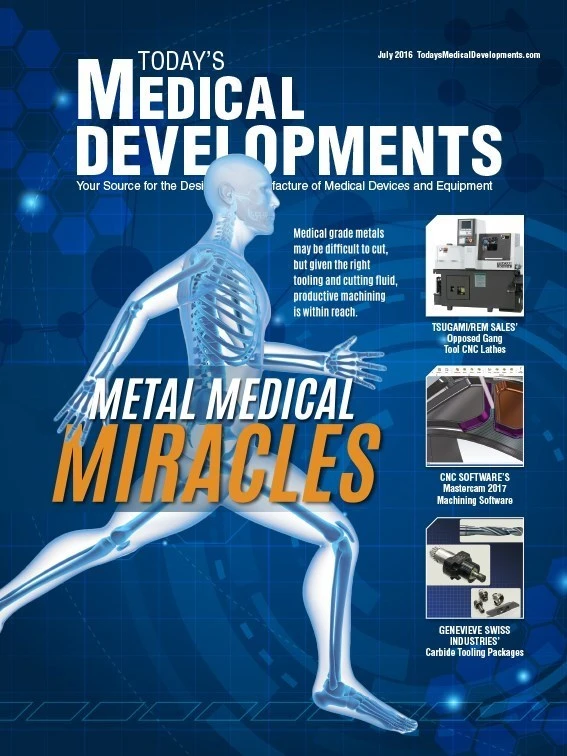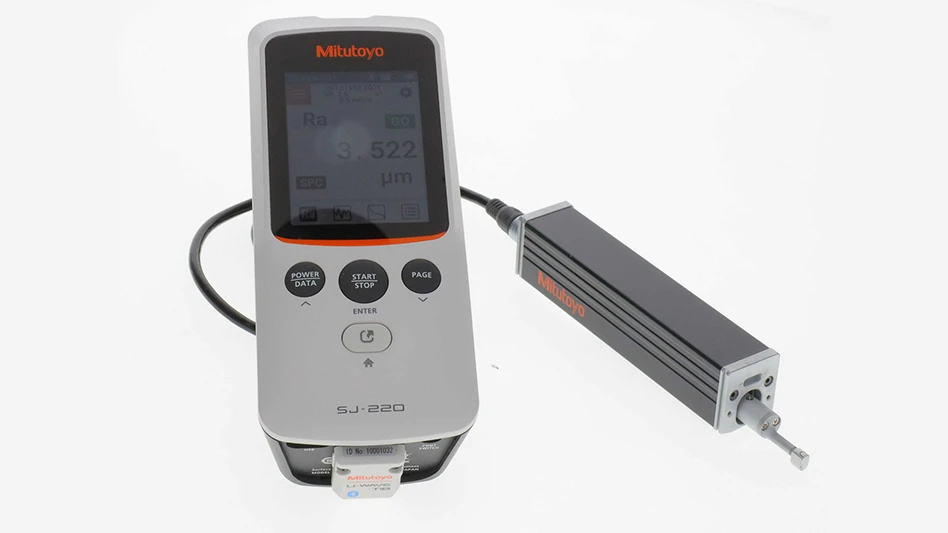
With robotics’ use growing in North America, exhibitors at the upcoming Industrial Automation North America 2016, co-located at IMTS from Sept. 12-17 at McCormick Place in Chicago, hope to inform visitors on topics such as collaborative learning, core isolation, and setting standards.
According to the Robotics Industries Association (RIA), robotics orders grew 14% in 2015 as North American companies placed orders valued at around $1.8 billion. By 2018, there will be 1.3 million industrial robots operating in factories around the world, according to the International Federation of Robotics (IFR). Rapid advancements in robotics continue to drive interest, as today’s robots are lightweight, highly flexible, and easy to implement. They can weld, assemble, handle materials, and package food – lowering costs and offering opportunities for manufacturers of all sizes.
Top robotics trends
More sophisticated technology has enabled smarter robots that can collaboratively learn and sense what is going on around them.
“Collaborative robots are going strong and you will see a larger role in force sensing and control,” says Steve Somes, president of Force Robots. “Responding to external forces not only makes robots safer for collaboration, it also enables more tasks like assembly, grinding, and deburring.”
According to Will Sobel, CEO of System Insights, “Automation needs to move from tech-based to intent-based, meaning we communicate tasks and the robot and machines figure out how to make them happen. Robots simply need to perform dynamic path planning with vision and sensors instead of static instructions.”

Core isolation, or core splitting in multi-core CPUs, has also been made possible through advancements in PC-based control software. According to Matt Prellwitz, drive technology application specialist at Beckhoff Automation, this means that the machine controller can serve double duty as the robot controller.
“All machine and robot functionality can run independently of the OS, which helps elevate performance and pushes kinematic applications to an exciting new level,” Prellwitz says.
Ensuring safe movement
Standards are critical to robot success, enabling movements between locations and allowing one or more robots to interact with the same set of equipment.
“Through the open standards available, PC-based control enables greater integration of robots into enterprise systems and cloud-based services for Industrial Internet of Things (IIoT) and Industry 4.0 style concepts,” Prellwitz says. “Technology like mobile device integration can also be used so plant specialists can receive push notifications and scale HMI for the machine and robot to any piece of glass, from smartphones to tablets. It can even lead to highly advanced manufacturing and assembly methodologies, such as object-oriented manufacturing.”
Benefits and limitations
By using robotic advancements to manage mundane tasks, manufacturers gain the benefit of motivating employees with more interesting responsibilities.
“We can better utilize the talent we have when robots handle the more mundane work,” Sobel says. “When we increase productivity through robots without impacting the workforce, we can move to a more efficient and larger manufacturing base.”
Robots do have limitations – due to their mechanics; conventional robots have difficulty with fine resolution force control. Employee safety should always remain a concern, and Somes recommends that manufacturers stay mindful of possible additional protections needed for humans with any automation.
Industrial Automation North America
Get curated news on YOUR industry.
Enter your email to receive our newsletters.
Explore the July 2016 Issue
Check out more from this issue and find your next story to read.
Latest from Today's Medical Developments
- Aerospace Industry Outlook - Spring 2025, presented by Richard Aboulafia
- World’s smallest pacemaker is activated by light
- FANUC America’s ready-to-deploy cobot web tool
- #42 Lunch + Learn Podcast - Quell Corp
- Siemens accelerates path toward AI-driven industries through innovation and partnerships
- REGO-FIX’s ForceMaster and powRgrip product lines
- Roundup of some news hires around the manufacturing industry
- Mazak’s INTEGREX j-Series NEO Machines







